Dell launches into virtualised data centre management
VIS pitches the company against DC big-hitters.

Dell has announced the release of a suite of products for managing virtualised infrastructures within the data centre.
The move has launched the company into a new arena where it will compete with data centre big hitters like Cisco with its Unified Computing System, the HP Blade System Matrix, and EMC's Ionix ControlCenter.
Dell's Virtual Integrated System (VIS) is designed to run at a level above the virtualisation platforms from Citrix, Microsoft and VMware to allow mangers to treat their servers, networking and storage as a single cohesive entity. Workloads can be moved around to accommodate spikes in demand or to harness underused resources.
The centrepiece of VIS is the Advanced Infrastructure Manager (AIM), based on technology from Dell's acquisition of Scalent Systems. AIM can move an in-demand application to a free virtual or physical server and establish the required network links and storage arrays automatically.
VIS is not a Dell-specific tool and it can provision servers from other manufacturers or use networks built around Cisco, Juniper and Brocade products. It is more proprietary where storage is concerned, using only
Dell's EqualLogic systems, but the company has promised to provide support for other platforms in the future.
VIS incorporates third-party tools and the Self-Service Creator from Dynamic Ops, but badged by Dell, plugs into AIM. Using its web portal interface, managers could select, deploy and manage applications and resources from a customised catalogue. The software also provides a chargeback mechanism for resource billing.
Sign up today and you will receive a free copy of our Future Focus 2025 report - the leading guidance on AI, cybersecurity and other IT challenges as per 700+ senior executives
VIS is a work in progress, Dell admitted, and early next year a further tool will be added. Director will become the analysis hub for the data centre, giving an overall view of the virtual dependencies in play. Managers will be able to use it to quickly identify issues, study trend analysis, and generate utilisation reports. The third-party product will also support "what-if" scenarios for planning.
AIM starts from $1,810 (1,145) and Self-Service Creator is $1,495 (946), both based on a per socket tariff.
-
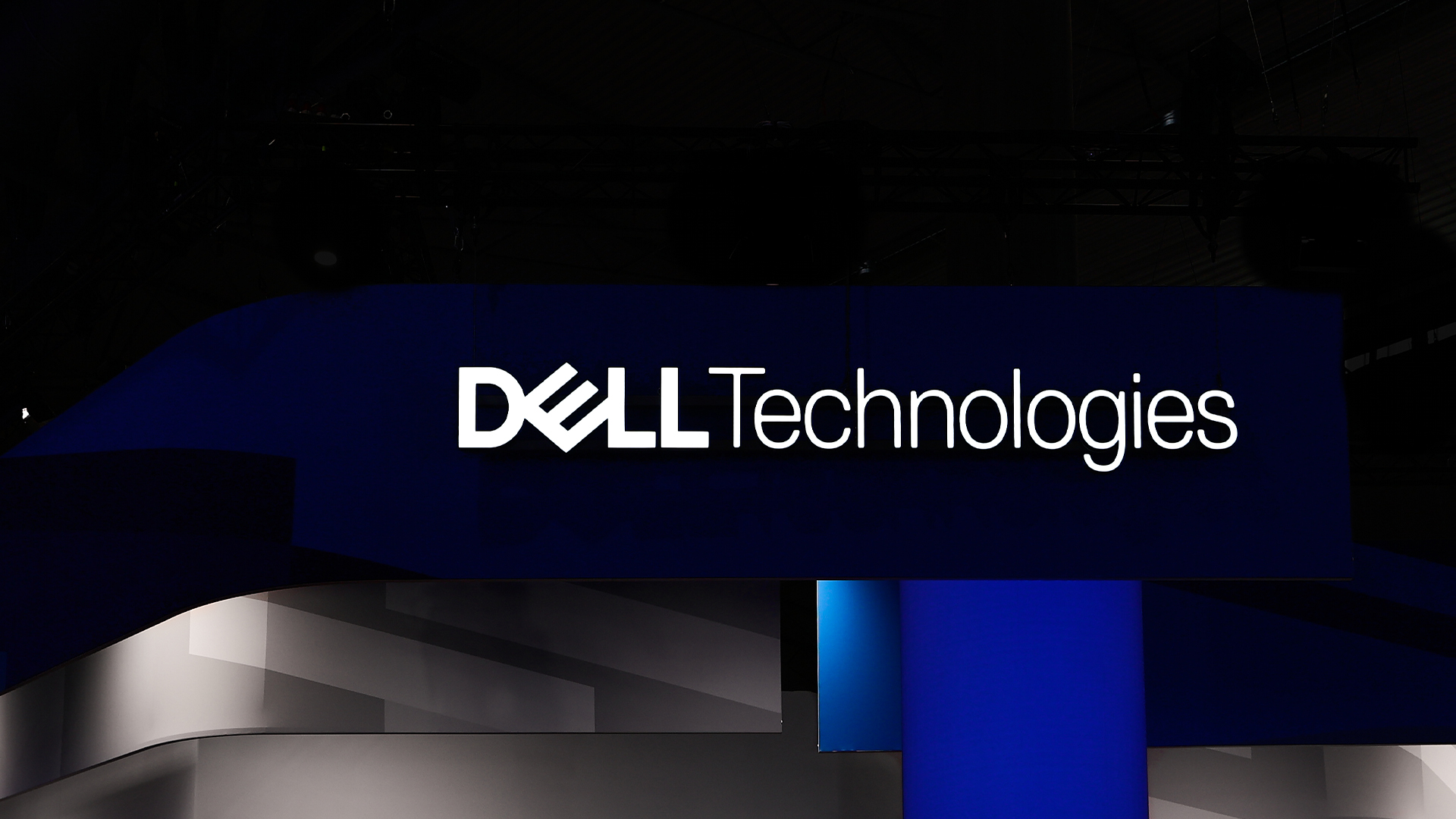 Dell Technologies just announced a major data platform overhaul – here's what customers can expect
Dell Technologies just announced a major data platform overhaul – here's what customers can expectNews Dell has unveiled extensive updates and new features in storage and data engines in a bid cater to the growing demand for scalable AI infrastructure
-
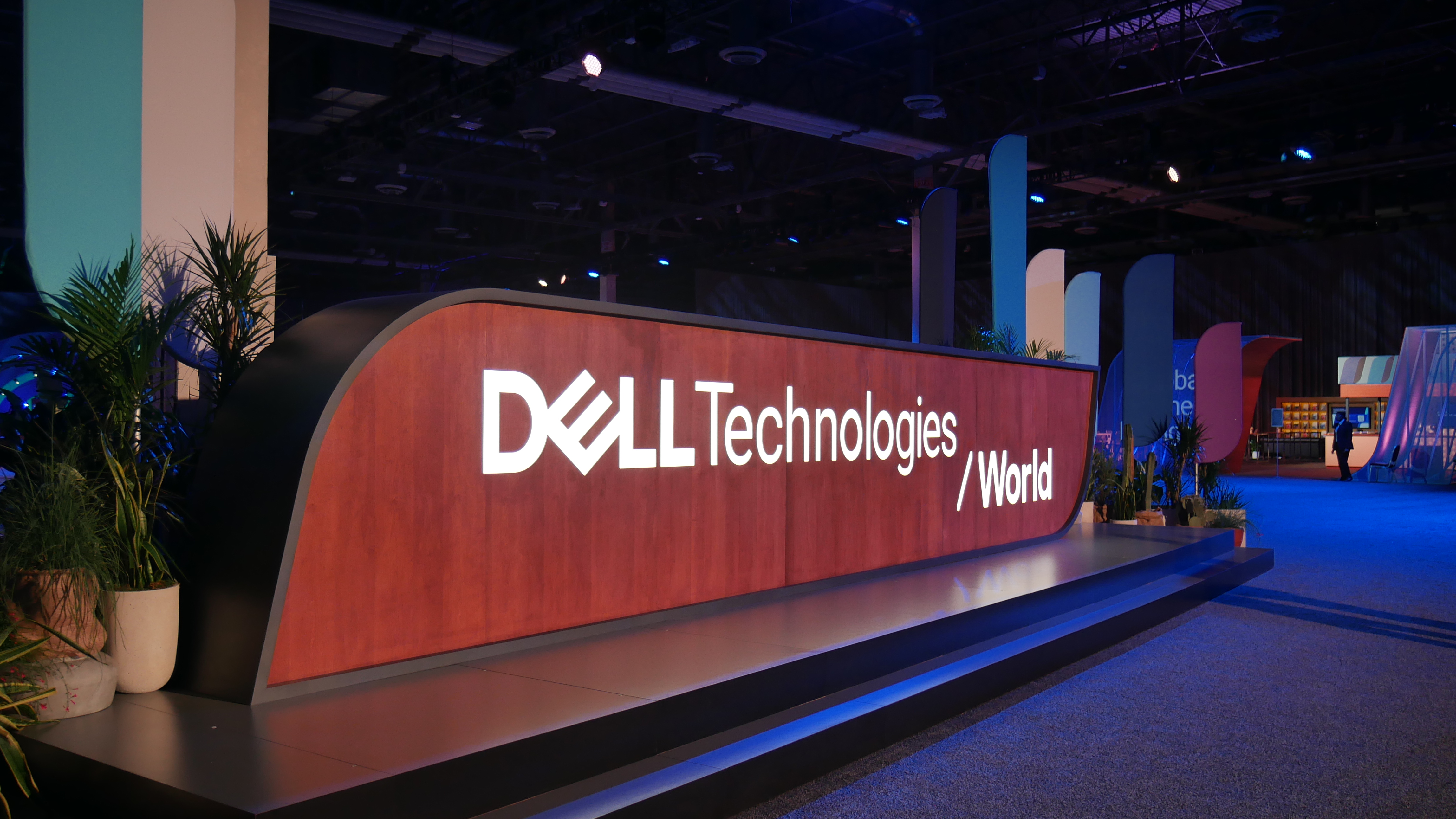 Dell Technologies wants to cut infrastructure costs – here's how it plans to do it
Dell Technologies wants to cut infrastructure costs – here's how it plans to do itNews Efficiency, power, and scalability are the name of the game for Dell’s infrastructure offerings
-
 The Total Economic Impact™ of the Intel vPro® platform as an endpoint standard
The Total Economic Impact™ of the Intel vPro® platform as an endpoint standardwhitepaper Protection across AI attack vectors
-
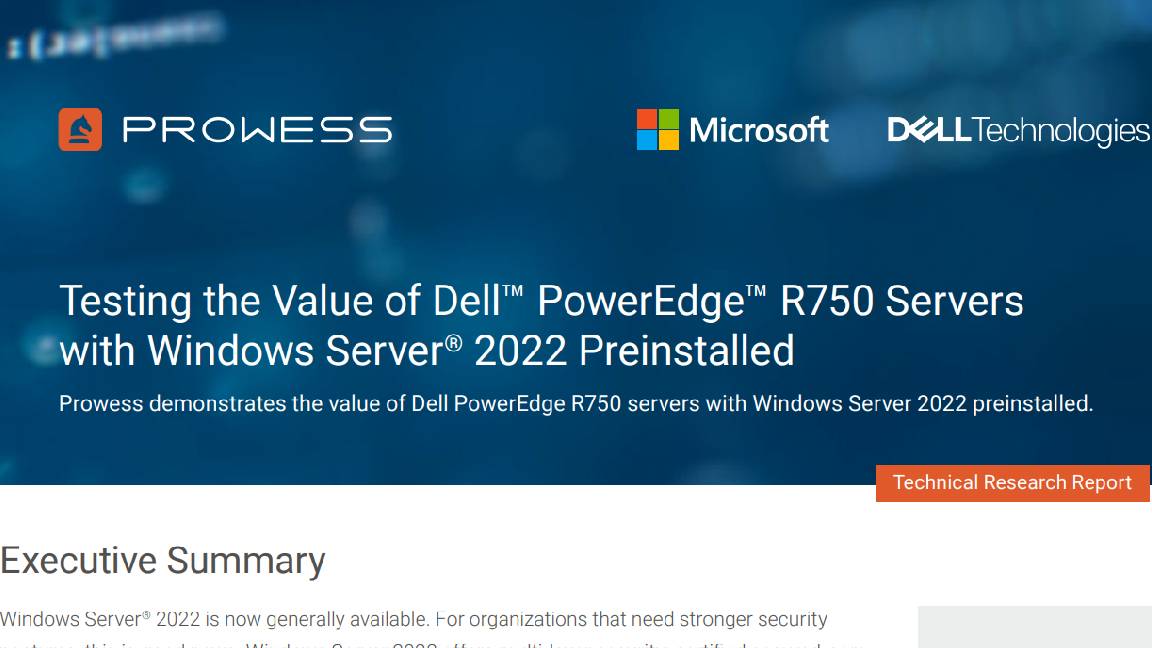 Testing the Value of Dell™ PowerEdge™ R750 Servers with Windows Server® 2022 Preinstalled
Testing the Value of Dell™ PowerEdge™ R750 Servers with Windows Server® 2022 Preinstalledwhitepaper Protection across AI attack vectors
-
 Discover the six superpowers of Dell PowerEdge servers
Discover the six superpowers of Dell PowerEdge serverswhitepaper Transforming your data center into a generator for hero-sized innovations and ideas.
-
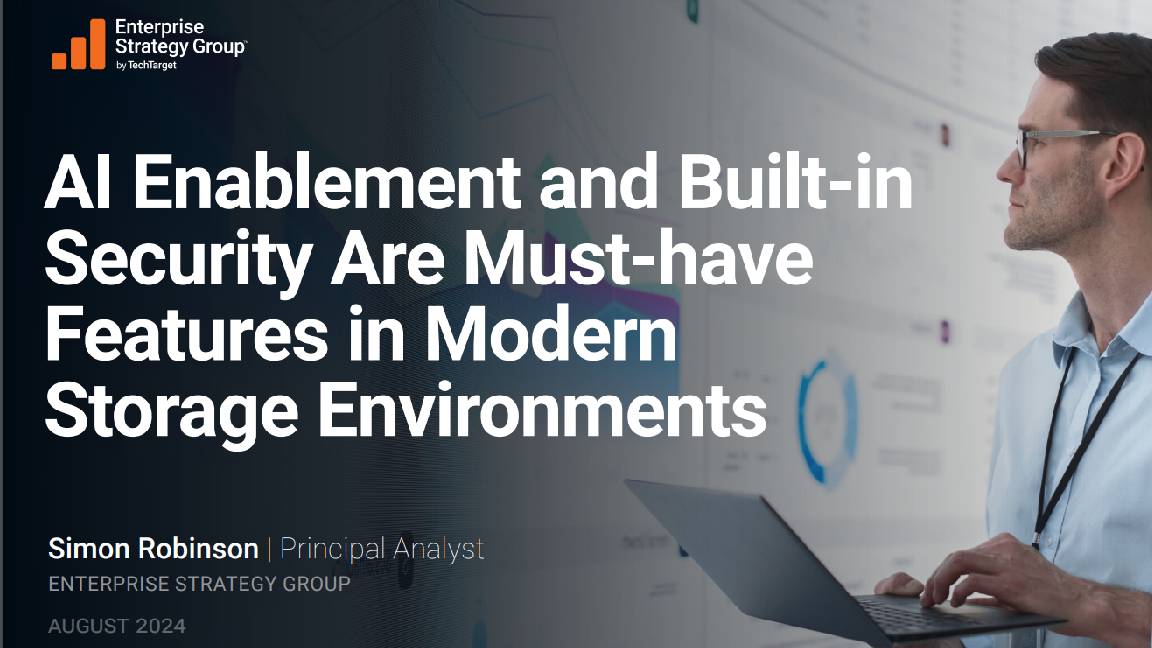 AI enablement and built-in security are must-have features on modern storage environments
AI enablement and built-in security are must-have features on modern storage environmentswhitepaper Modernize storage infrastructure to serve future application demands
-
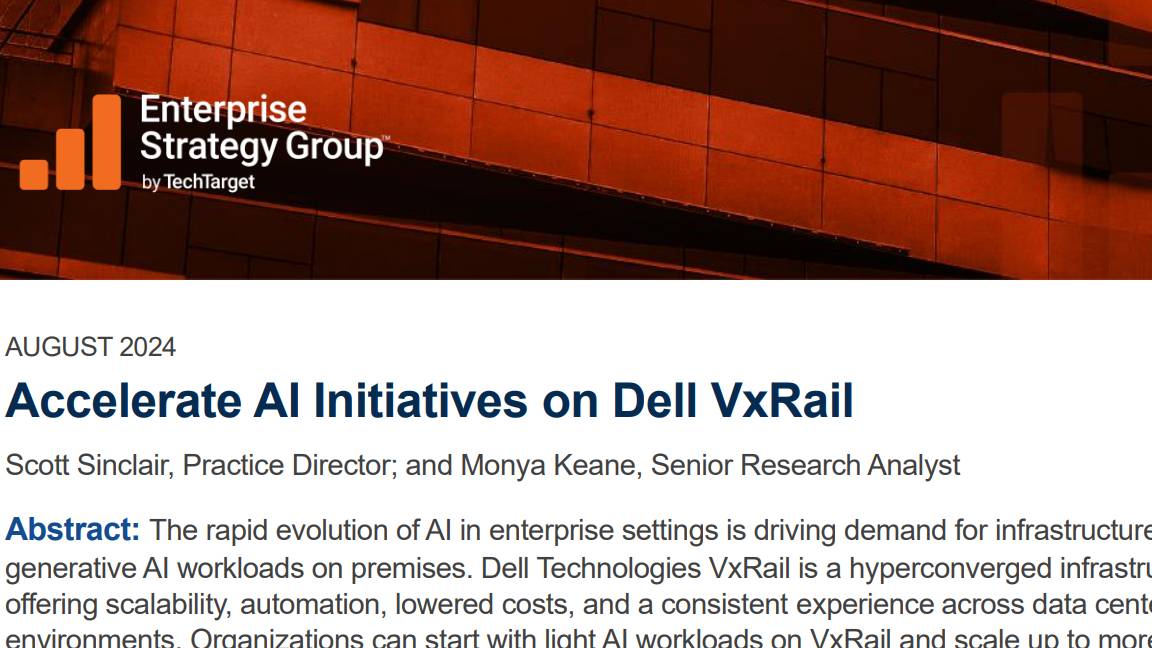 Accelerate AI initiatives on Dell VxRail
Accelerate AI initiatives on Dell VxRailwhitepaper Protection across AI attack vectors
-
 Choose high data-efficiency technology for lower storage TCO
Choose high data-efficiency technology for lower storage TCOwhitepaper Choose high data-efficiency technology for lower storage TCO

